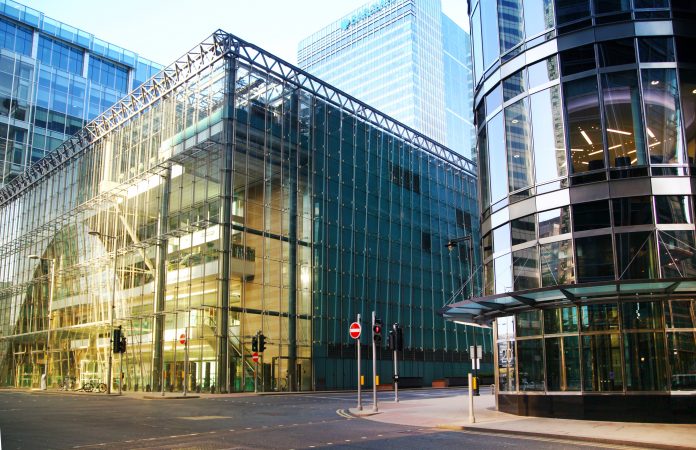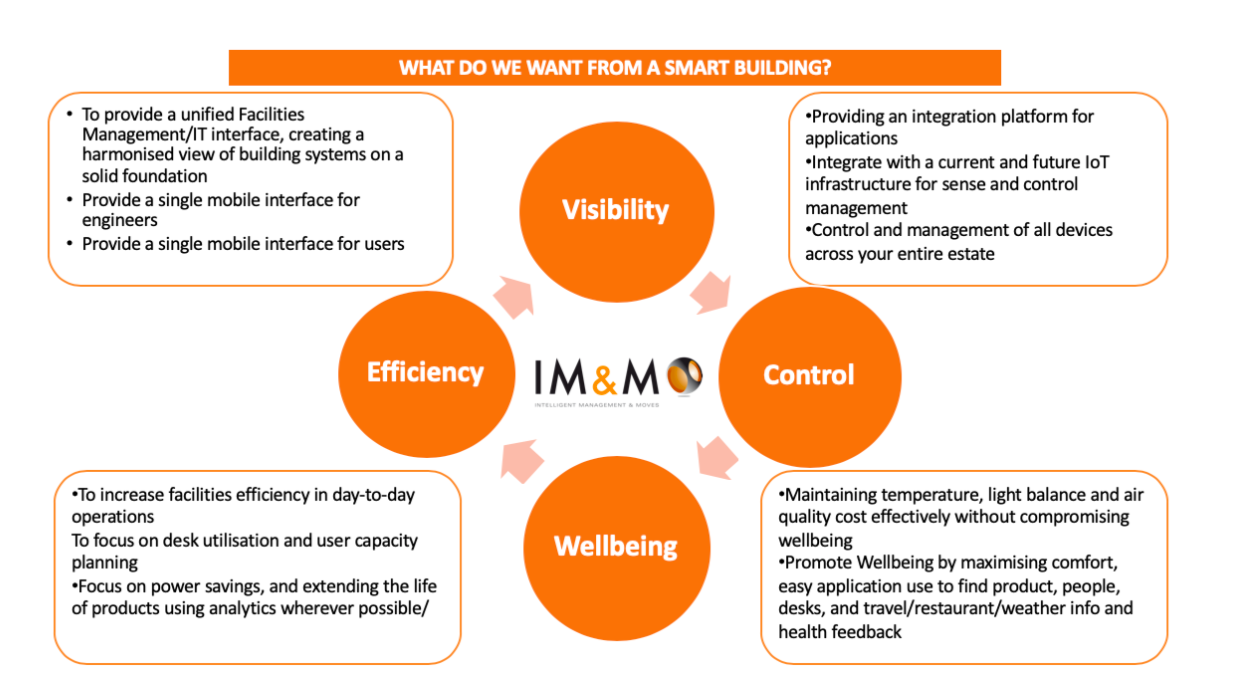IM&M discuss what work will look like after the coronavirus pandemic and what changes need to be made to our working environment
We are all probably looking forward to getting back to work, and whilst it is fun to be off for a while, it is starting to be a chore and if you love what you do and miss the comradery of your colleagues then being in “lockdown” has been a nightmare. But what is life going to be like? Will it ever return to normality– whatever normality is? Well, we believe there needs to be some fundamental changes around the way we work.
A lot of us work in business office environments in rows with little space between you and the person either side where stress and headaches are commonplace, so why is this?
Build with people in mind
Well very simply the buildings we work in were never built with the people in mind, they were built as functional vessels in which to stack people. This philosophy is starting to change and there are a number of organisations trying to change this concept, members of the building industry as a whole are not one of them, they employ main contractors on every large projects whose primary role is to value engineer anything out under the pretext to reducing costs, but in reality, it is simply an exercise in maximising their profit.
We work closely with a number of suppliers and they all say the same thing: “On a building site it’s a race to the lowest price”. There is no recognition or appreciation that something may cost a little more now but overall return on investment during the life of the building is often enormous.
A simple example: If you have a large building you have to dig down to create the foundations. So why would you not install a geothermal plant at the same time? There is an upfront cost but over the life of the building the cost is pennies a day and you get free energy, and you reduce your carbon footprint considerably.
Yet almost no one is doing this. All too often, it is the same once a building is in operation, making buildings pleasant to work in often takes second place to reduce costs. We think that COVID-19 will have a big impact and attitudes will have to change even before the pandemic struck some employers were recognising the importance of providing a good working environment for their employees. A recent survey of business leaders showed that 90% were interested in promoting the wellness of their employees as this has a positive effect on productivity and performance in the workplace.
However, whilst it is being recognised by employers the perception among employees still seems to suggest otherwise; a study published by Health and Wellbeing concluded that 64% of employees thought their working environment had a negative impact on their health, with a further 45% claiming their employer did not offer the equipment needed to make them feel comfortable at their desk.
Sick building syndrome
Sick building syndrome is a well-documented phenomenon, yet recent research studies show that we are still doing far too little to change this position. At IM&M this causes us great frustration as we know that real change not only has a positive impact on attracting and retaining staff if implemented well it can also save costs across the whole of your estate.
The “Wellbeing” of the people who use buildings should be at the forefront of every business, especially in these difficult times. Post lockdown people are going to need to feel safe and it will be critical that the working environment is geared to the needs of the people returning to work. As can be seen from the diagram below Wellbeing is one of the fundamental pillars of a smart building and something that we at IM&M are seeing an increasing demand for solutions that help address this area.
Maintaining social distancing
We are not going to all want to rush back to work so the ability to work from home and come in when necessary to a desk of your choice near the people you need to work with whilst maintaining a realistic social distance until we are sure the pandemic is over is not only desirable it is also achievable now. To achieve this end the facilities manager needs visibility and control of the building to allow the occupants the flexibility that they demand.
Maintaining social distancing will require tools that can recognise that a desk is booked and automatically book out the desks either side and potentially the desk directly across. We can’t stop people standing or sitting too close, but the technology is available to minimise people’s proximity to each other.
With most buildings currently being unoccupied, this is an ideal opportunity for businesses, facilities managers, and landlords to think about how they will deal with the people’s requirements following the pandemic.
It’s a great time to implement cutting-edge solutions that could be deployed now with minimum disruption and will show your employees and tenants that you care about their wellbeing and safety.
Employers that take this stride forward will not only retain and recruit more staff, they will be seen as a caring organisation – one that is interested in the wellbeing of it staff and if done well this will also reduce their operational cost.
The IM&M Suite of tools allows organisations to do just that and much more. Go to www.immsuite.com, email info@immsuite.com or call Paul Wells on 0207 112 1695 option 3 for more information












